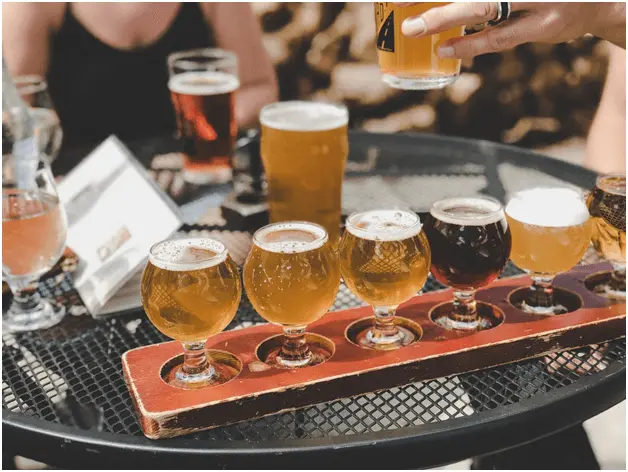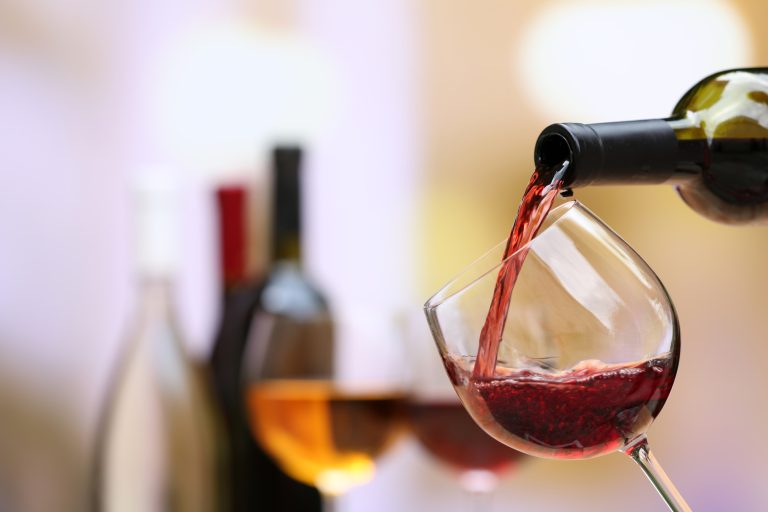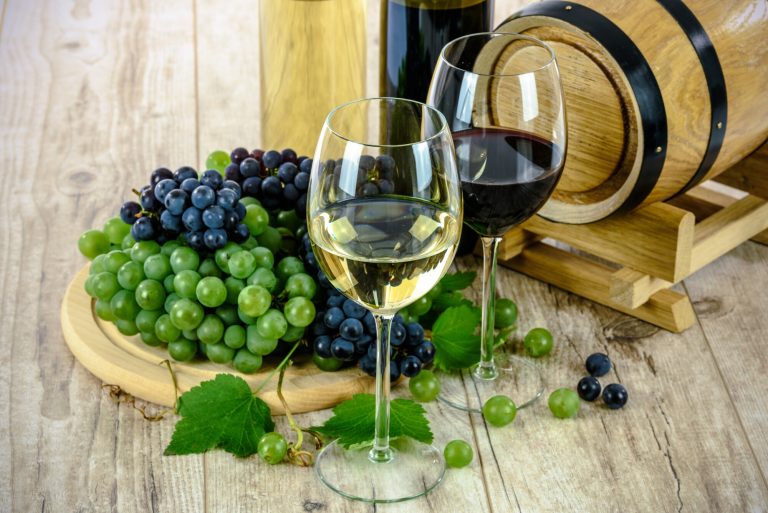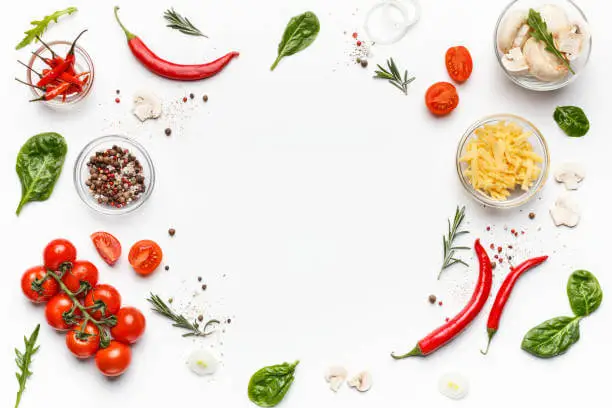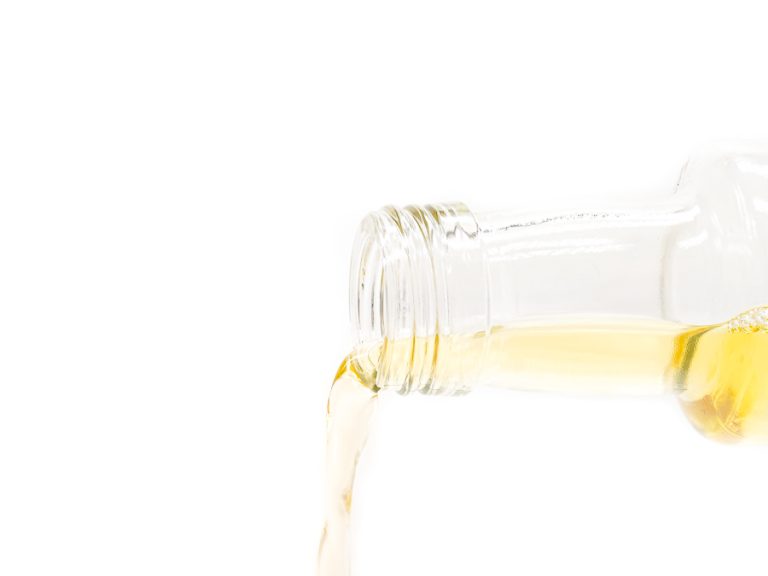6 Beginner Wine Tasting Errors and How to Avoid Them

Absolutely no one is as smooth or confident as they think they are on their very first wine-tasting experience. We all have to start somewhere and the reality is that most of us everyday people don’t have the necessary wine-tasting etiquette to look like a seasoned pro, no matter how hard we try.
What’s important is to do a little research on the dos and don’ts of wine tasting before you make your reservation. This way, you can avoid these beginner wine-tasting errors, save yourself from looking like a real amateur, and thoroughly enjoy the experience.
Table of Contents
1. Don’t Forget to Make a Reservation
Sure, many wineries are happy to take walk-in patrons, but not all of them are as flexible or welcoming without an advance reservation. This does depend on the wine region you’re visiting and the particular vineyard.
Either way, doing your due diligence and planning is important. If you’re on the road and want to swing past a winery on a whim, call up ahead and make sure they have room for walk-ins. Otherwise, make your reservation ahead of time to secure your spot.
2. Ensure the Venue Allows Kids/Pets
Touring a winery or two with kids or pets in tow is not always the most popular option, but it can actually be a fun activity that the entire family can enjoy. Many wineries today are very accommodating towards children and furry friends, however, it’s important to double-check this beforehand.
Bear in mind that some wineries are far more child/pet-friendly than others. The more prestigious a winery, the less likely they’ll accept children or pets on a wine tour. But this might not always be the case — it’s best to do your own homework on this.
3. Do Your Research on Tasting Fees
It goes without saying there’s always a charge for wine tastings. However, some tastings might include other perks, such as food pairings, while some wineries offer complimentary or refunded tastings if you purchase their wine.
If you’re not too sure what a wine tasting costs, what it includes, and if they offer complimentary tastings, it’s best to call ahead and brief yourself on what to expect. You can also ask about the level/detail of wine education that goes with each tasting so that you can plan your tasting timings well if you plan on visiting multiple wineries.
4. Always Ask for a Spit Bucket (If It’s Not Offered)
While spitting in public is not necessarily ”acceptable”, spitting at a winery is common practice. In fact, it’s encouraged by most of the sommeliers. If you plan on visiting a few different wineries in one day, a spit bucket is 100 percent necessary.
If they don’t offer one (which would be unusual), make sure to ask for one if you plan on enjoying your wine-tasting experience instead of forgetting it!
5. Practice Your Technique Beforehand
It’s not every day that you swirl, sniff, and stoke your wine before you drink it. But at a wine tasting, this is common practice. If you have no idea what these terms mean, it’s time to educate yourself.
Wine tasting is definitely a fun activity. But for those who want to glean the most information from their tasting as possible, these techniques are very beneficial. If you’re looking to get the most out of the experience, do some research on these techniques beforehand.
Swirling means placing your wine glass on a flat surface and gently swirling the wine around the glass, while you grasp the stem. This results in a good stoke (aeration) of the wine. After that, it’s time for a good whiff to get a feel for the aromas and tastes to come. This is when you place your nose into the opening of the glass and take a deep sniff.
Next up is the actual tasting. Hold the wine glass by the stem — a good way to avoid disturbing the temperature of the wine in the glass. Take a sip from the glass, and inhale through your nose as you do so.
From here, your sommelier will highlight the notes and flavors you’ll taste in the wine.
6. Don’t Forget to Pace Yourself
Some people prefer not to spit their wine out at a tasting, and each to their own. If you’re one of those people, it’s very important to pace yourself and drink in moderation.
If you’re visiting multiple wineries on a day tour, make sure you only take a sip of each wine and cap it off there. If possible, try to incorporate snacks and a big lunch in between your wine tastings. Most wineries today offer gorgeous dining settings with a perfectly tailored wine and food pairing menu.
Bear in mind that different types of wines have varying alcohol levels. For example, full-bodied red wines have a far higher alcohol content than a light rose. Naturally, drinking red wine all day will tip you over the edge much faster than lighter wines.
And lastly, but most importantly, always make sure you have a designated driver for the day, or you’ve hired some form of transport to get you between wineries, and home safe and sound.
Look Like a Pro: Avoid These Beginner Wine-Tasting Errors
These are just a few beginner wine-tasting errors you want to avoid in order to make the most of your experience. You may start out as a beginner, but you don’t have to look like one!
If you’re looking to brush up on your knowledge of all things food and drink etiquette, this blog is for you. Explore the rest of this site for more.

